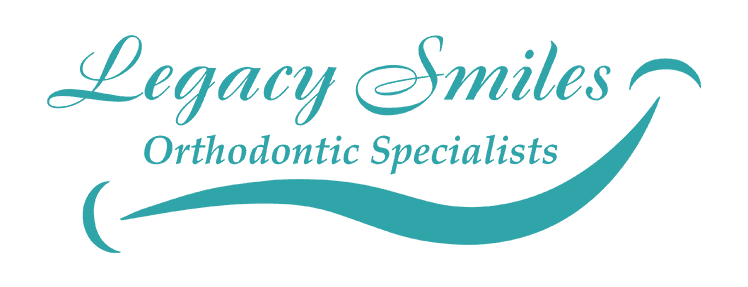What Is Two-Phase Orthodontic Treatment?

Two phase orthodontic treatment consists of an early, interceptive (preventative) course of orthodontic treatment that is later followed by a second (final) phase of treatment, full braces. One phase orthodontic treatment usually consists of just full braces.
Why not just wait for full braces?
If an early phase of orthodontic treatment is recommended that means there is an issue that is either not treatable with full braces, can’t wait to be treated until it’s time for full braces or shouldn’t wait to be treated until it’s time for full braces. The goal of early treatment is to prevent a bigger problem and to avoid unnecessary procedures. An early phase of orthodontic treatment does not necessarily eliminate full braces but should make them simpler and shorter.
Let’s delve a little deeper into those issues that might warrant early treatment…
Crowding
Whether the jaws are small or the teeth are big or a combination of both, crowding occurs when there is not enough space to accommodate all of the teeth. Without enough space, the teeth will either erupt out of place, erupt rotated or possibly become impacted (fail to erupt). Sometimes crowding is mild and can wait to be treated in full braces. However, if the crowding is more severe it might be better not to wait.
The benefits of dealing with crowding early is that you can often prevent teeth from becoming impacted by making room for them to erupt. You can prevent the teeth from erupting very rotated or outside of the arch. It’s good to do this because If the teeth are left in a crooked position, they will develop some memory in that crooked position then become more difficult to align and more difficult to keep aligned (harder to hold). Also, creating space early can minimize the risk of having to extract permanent teeth in order to make space.
Narrow Maxilla
Maxilla means upper jaw. If the upper jaw is narrow, sometimes the upper teeth will sit inside of the lower teeth which is called a cross bite. If it is necessary to widen the maxilla, this can be accomplished rather simply while a child is young and their bones are still growing with an appliance called a Rapid Palatal Expander (RPE for short). This appliance can widen the maxilla up to 11mm in only a few weeks. It is imperative to correct a narrow maxilla when a patient is young. Once the facial bones are not growing any longer, widening the upper jaw can only be accomplished with surgery.
Cross Bite
A cross bite is when a tooth (or teeth) fit either too far to the inside or too far to the outside of their proper positions. A cross bite of one tooth can often be corrected, in a very short amount of time, with an appliance called a bite jumper. If only one side of the teeth are fitting in a cross bite (unilateral cross bite), it can sometimes lead to lopsided jaw growth if left untreated. A cross bite can also lead to recession, unusual wear of the tooth surface and possibly TMJ issues as the jaw is forced into an abnormal position.
Jaw Discrepancies
Sometimes there is a discrepancy in the way the two jaws fit together. Maybe the upper jaw is forward of its proper position or the lower jaw is back. Maybe it’s the opposite and the lower jaw is too far forward or the upper jaw is back. Our efforts to help these issues are preventative. Early orthodontic treatment aims to guide the jaws as they grow and prevent either a long course of braces or jaw surgery or both. We also aim to keep the teeth out of harm’s way. If the upper teeth are protrusive, they run the risk of being broken or knocked out.
Extra Teeth or Missing Teeth
If a patient is missing permanent teeth or has extra permanent teeth, it is good to discover this early in order to plan the treatment and prevent complications.
Thumb/Finger or Tongue Habits
Thumb (finger) sucking can sometimes have an adverse effect on the teeth and jaws. If so, we may need to help gently encourage the patient stop the habit before too much harm has occurred. Tongue thrust can cause an “open bite” where the front teeth are apart making it difficult to bite off food and can interfere with speech. Learning the correct tongue position through speech therapy can correct an open bite.
Ultimately, some orthodontic problems are easier to correct when they are found and treated early. At Aday & Coombs Orthodontics, our goal is to ONLY recommend treatment that has significant value and to avoid or prevent ALL unnecessary procedures. Follow the American Association of Orthodontist’s recommendation to have your child’s first orthodontic visit by the age of 7. We do not charge for the initial consultation or any office visits to monitor a patient’s growth and development so give us a call. You know what they say about prevention, an ounce of it is worth a pound of cure and that is certainly true when it comes to orthodontic treatment.
The post What Is Two-Phase Orthodontic Treatment? appeared first on Aday Coombs Orthodontics.
